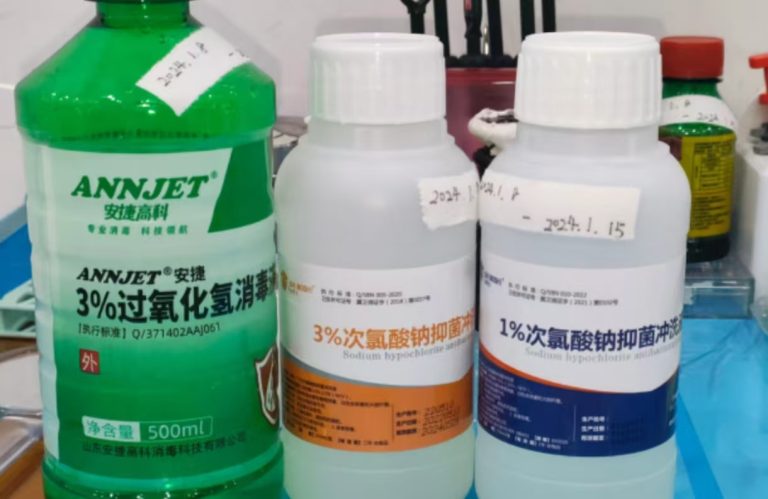Cost-effectiveness analysis of ethyl ether and methyl tert-butyl ether (MTBE) in extraction process
Overview of Ethyl Ether and Methyl Tert-Butyl Ether (MTBE)
When considering solvents for industrial extraction, understanding the unique properties and applications of each option is critical. Ethyl ether and methyl tert-butyl ether (MTBE) each bring distinct advantages to their respective fields. Below, we explore their histories, chemical characteristics, and industrial relevance.

Ethyl Ether: History, Properties, and Applications
Ethyl ether, also known commonly as diethyl ether, is a colourless, highly flammable liquid with a distinct sweet smell. Among the oldest organic solvents, its discovery dates back to 1540. In the 19th century, ethyl ether famously gained recognition as one of the first anaesthetics used in modern medicine, significantly advancing surgical techniques.
Chemically, ethyl ether (C₂H₅)₂O belongs to the ether class and features an oxygen atom connecting two ethyl groups. This unique structure makes it a non-polar solvent, capable of dissolving a variety of organic compounds. Its low boiling point (34.6°C) allows rapid evaporation, making it ideal for applications requiring quick solvent removal. You can read more about the properties and historical uses of ethyl ether here.
In industrial contexts, ethyl ether is frequently used in:
- Solvent extraction: Common in the pharmaceutical and chemical industries to isolate substances.
- Grignard reactions: It acts as a critical solvent for these important organic synthesis processes.
- Engine starting fluid: Thanks to its volatility, it’s included in products designed to help vehicles start in cold conditions.
Despite its versatility, ethyl ether’s high flammability and potential for peroxide formation require careful handling and storage procedures.
MTBE: Characteristics and Industrial Relevance
Methyl tert-butyl ether (MTBE) is a widely used chemical compound primarily recognised for its primary role in fuel production. Introduced into the industry in the late 20th century, MTBE became a popular gasoline additive in the United States by the 1970s. It replaced tetraethyl lead as an octane enhancer, helping prevent engine knocking and improving combustion efficiency. Learn more about MTBE’s industrial role here.
Structurally, MTBE (C₅H₁₂O) consists of a tertiary butyl group attached to a methyl group via an oxygen atom. This combination enhances its stability, ensuring consistent performance across applications. Its high boiling point (55°C) and solubility in both water and organic mediums make it a reliable choice for solvent-based processes. Additionally, it has a low vapour pressure, reducing evaporation loss and increasing safety.
Key industrial applications of MTBE include:
- Solvent extraction: MTBE excels in removing impurities and isolating desired compounds, particularly in petrochemical industries.
- Fuel blending: Its ability to oxygenate gasoline significantly improves combustion, reducing carbon monoxide emissions and increasing fuel efficiency.
- Chemical precursor: MTBE is used to synthesise other valuable chemicals, such as isobutylene, a key raw material for many plastics and elastomers.
While MTBE is highly practical, its potential to contaminate groundwater has led to restrictions or bans in some regions. This has resulted in a shift toward alternative oxygenates in fuel production. You can explore more about its usage and restrictions here.
Understanding the nuanced characteristics of ethyl ether and MTBE enables industries to select the most effective solvent for their processes. Each substance represents a balance of cost, performance, and environmental considerations, shaping their roles in modern industrial applications.
Extraction Efficiency in Industrial Processes
Extraction efficiency plays a vital role in deciding the cost-effectiveness and practicality of solvents in industrial settings. For businesses and researchers facing the choice between ethyl ether and methyl tert-butyl ether (MTBE), understanding their performance in terms of solubility, extraction yield, and compatibility with modern systems is essential.
Comparative Studies on Solubility and Extraction Yield
When comparing ethyl ether and MTBE, solubility and extraction yield take the spotlight. These are the metrics that determine how well each solvent can isolate desired compounds under similar conditions.
- Ethyl Ether: Known for its broad solvency in organic compounds, ethyl ether ensures high extraction efficiency in processes involving non-polar and moderately polar substances. Its lower boiling point is a significant advantage for rapid solvent recovery post-extraction. However, its tendency to form peroxides and higher flammability can increase operational risks and costs if not handled with the utmost care. For detailed insights into its performance, check out this study.
- MTBE: On the other hand, MTBE provides excellent stability due to its chemical structure. This consistency directly contributes to effective extraction yields, particularly in applications involving mixed-phase systems. Research highlights its ability to provide faster solvent recovery and cleaner isolates, particularly in lipid extractions, as documented here. Additionally, MTBE’s solvency extends to water-organic systems, making it more versatile for certain high-water-content mixtures.
The clear takeaway? Performance can vary based on the type of compounds and systems involved, and the choice depends on balancing efficiency, safety, and cost factors.
Suitability in Automated and High-Output Systems
Automation shapes the landscape of industrial processes today. Whether it’s batch processing or continuous operation, solvent suitability in such systems decides their long-term value.
- Operational Ease: Ethyl ether, due to its volatility and low boiling point, often requires stricter containment environments in automated systems. Its rapid evaporation can be both a boon and a drawback, depending on the system’s engineering.
- MTBE’s Strengths in Automation: MTBE adapts well to automated systems given its chemical stability and controlled evaporation. This solvent is particularly beneficial in high-output settings where consistent performance is a must, as shown in a significant study on its automation readiness for lipid extraction. You can explore more about its applications here.
- Scalability Considerations: MTBE fares better in large-scale operations thanks to its tendency for reduced loss and higher extraction selectivity. Ethyl ether may not match this scalability due to safety limitations and handling requirements.






